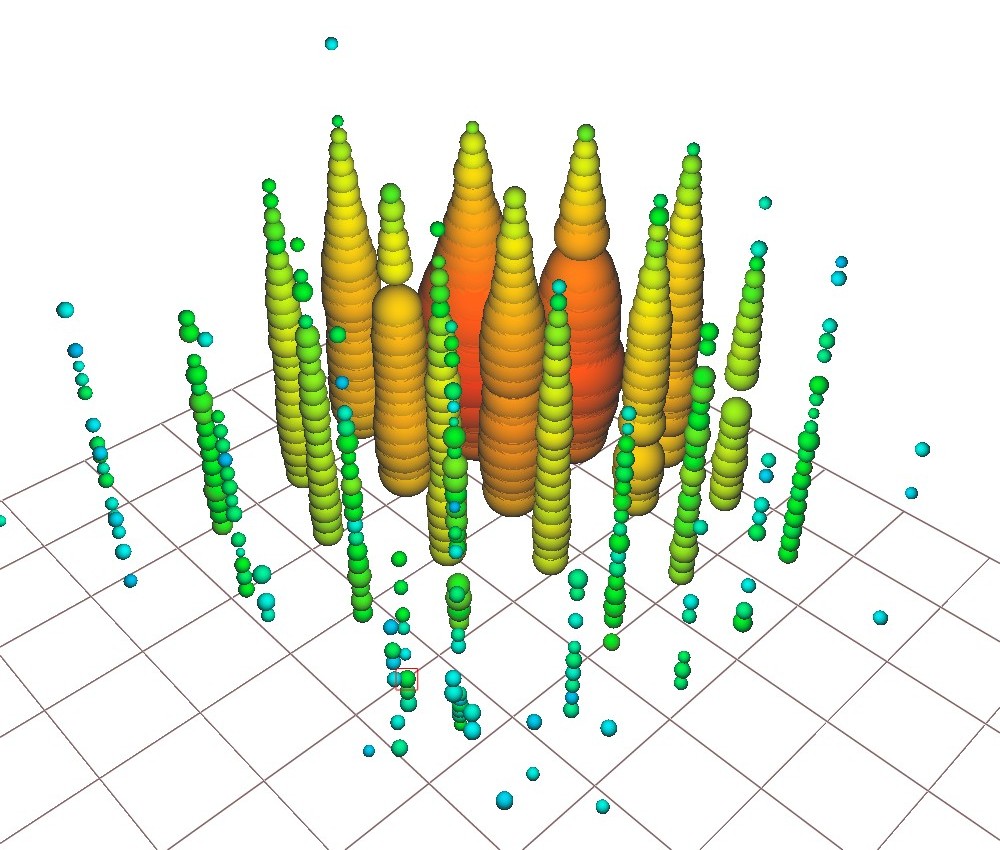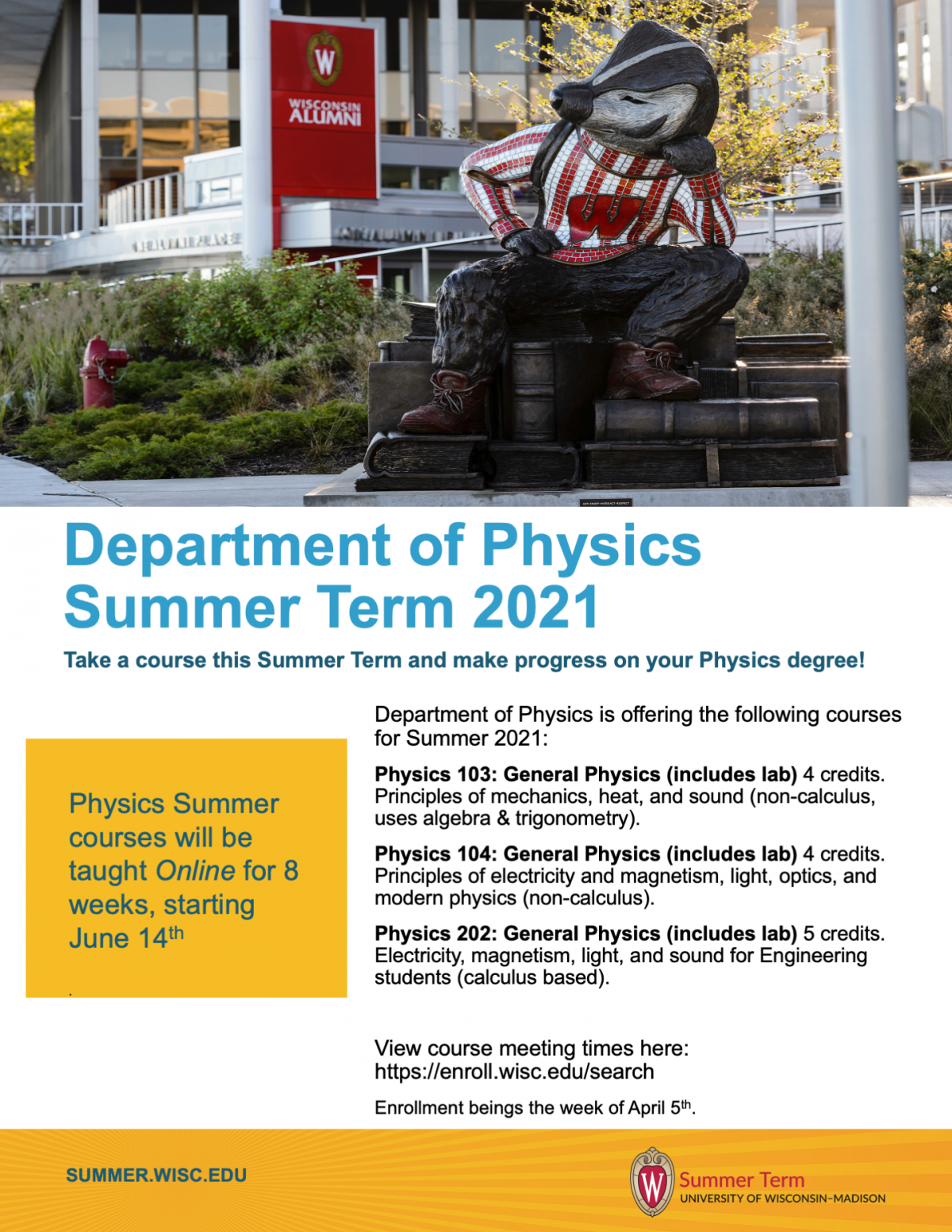
Congrats to physics grad student Gage Bonner for earning a 2020 College of Letters & Sciences Continuation of Study teaching award!
This new award category recognizes graduate students in L&S who provided exceptional continuity of instruction support to their department or delivered exceptional student experience in a remote instructional setting during the COVID-19 pandemic.
Bonner was nominated for his work as a TA in Physics 109, Physics in the Arts, by one of the course’s instructors, Prof. Pupa Gilbert. Physics 109 is a quantitative-reasoning course offered to non-science majors, typically serving more than 200 students.
“The students are terrified of physics, and are not quantitative thinkers, thus it is especially important for Physics in the Arts TAs to be kind, friendly, and not intimidating,” Gilbert says. “Gage excels at all these challenges, and teaches masterfully. He is kind, intelligent, knowledgeable, and always in a good mood, making everyone feel comfortable and not intimidated.”
Gilbert nominated Bonner for the Continuation of Study award because of how effectively he adapted to the changes forced by the COVID-19 pandemic. For example, because in-person labs were no longer an option, Gilbert selected online labs, and asked the TAs to develop a series of interactive questions associated with each online experiment to help the students learn by doing. Bonner excelled at developing these questions. She also noted how well he interacts with students through the online Zoom lectures, helping to keep conversations going and being knowledgable, kind and effective with online instruction.
Based on course and TA evaluations, the students agree with Gilbert. Said one student in an evaluation:
“Gage has been a really awesome TA. He makes labs run so smoothly, responds to questions quickly and effectively, and reminds us [of] vital information. He was also super helpful in lectures. Letting the teachers know if there was a technical issue or question. He also made a really friendly and comfortable learning environment even with the restraints of BBC collaborate ultra.”
UW–Madison employs over 2,100 teaching assistants (TAs) across a wide range of disciplines. Their contributions to the classroom, lab, and field are essential to the university’s educational mission. To recognize the excellence of TAs across campus, the Graduate School supports the College of Letters & Science (L&S) in administering these awards.
Bonner has been a graduate student and TA in the department since Fall 2016.

